Do birds return to the exact same sleeping spot night after night? The short answer: sometimes yes, sometimes no. Unlike many mammals, birds have complex sleep habits shaped by weather, predators, daily routines, and migration cycles. Understanding where birds sleep, and why their habits change, can help birdwatchers provide safer habitats and attract more birds year-round.
This guide breaks down how birds choose roosting sites, how often they switch spots, and the fascinating survival strategies that shape their nighttime behavior.
Do Birds Have a Regular Sleeping Place?
Most wild birds do not sleep in the exact same spot every single night, but they often return to a consistent general area they consider safe. Whether they choose the same place depends on these factors:
- Species behavior (some are loyal, others are wanderers)
- Predator avoidance
- Weather conditions
- Food availability
- Breeding season vs. winter survival
Songbirds often rotate between several roosting spots within their territory. Cavity-nesting birds (like chickadees and nuthatches) are more likely to reuse the same hole regularly. Larger birds, like owls, frequently return to the same favored roost.
Why Birds Change Sleeping Spots
Birds must balance rest with survival. Their nighttime choices depend on:
1. Predator Safety
Birds rarely want predators to learn their patterns. Rotating sleeping areas helps protect them from:
- Owls
- Raccoons
- Snakes
- Cats
Some species even choose thorny shrubs to make it harder for predators to reach them.
2. Weather Protection
Birds sleep wherever they’re sheltered from wind, rain, and cold. A bird may switch locations nightly based on:
- Wind direction
- Temperature drops
- Storms approaching
During winter, birds often move to denser evergreens or cavities for warmth and wind protection.
3. Energy Conservation
A warm or sheltered spot saves energy, crucial for small birds that lose heat fast. They’ll abandon a poor sleep site for a better one if it means better survival odds.
4. Roosting With Other Birds
Some species sleep in groups (called communal roosts) to retain heat. The word travels fast among birds, so individuals may shift locations when they find a bigger, warmer flock.
Do Birds Sleep in Birdhouses?
Yes, many small birds use birdhouses, especially in winter. Chickadees, bluebirds, wrens, and nuthatches often sleep inside cavities to stay warm.
However:
- They won’t use a birdhouse filled with nesting material
- They prefer houses facing east
- They need proper ventilation and drainage
- They avoid painted interiors or chemical odors
Keeping birdhouses clean in fall increases the chance that birds will use them as nighttime shelters.
If you want to attract more cavity sleepers, see our guide on what to feed bluebirds in winter, which helps them survive cold nights and return to your yard consistently.
Where Wild Birds Commonly Sleep
1. Dense Trees and Shrubs
Perfect for protection from predators and harsh weather. Evergreen trees are especially valuable in winter.
2. Natural Cavities
Tree hollows, old woodpecker holes, and crevices provide cozy, insulated roosting spots.
3. Birdhouses
Artificial cavities mimic natural ones and are vital in suburban areas where tree cavities are scarce.
4. Thick Brush Piles
Wrens and sparrows often sleep low to the ground in brush piles or dense hedges.
5. Reed Beds and Marsh Grasses
Blackbirds, sparrows, and some waterfowl roost in tall grasses that hide them from predators.
6. Cliffs, Ledges, and Buildings
Swallows, pigeons, and urban birds use man-made structures for shelter.
Do Baby Birds Sleep in the Same Place Every Night?
Yes, baby birds sleep in the nest every night until they fledge. After leaving the nest, they never return to sleep there again.
Fledglings usually sleep:
- In shrubs
- Near their parents
- In low, sheltered areas
As they grow stronger, they begin using adult-style roosting spots.
How Migrating Birds Sleep
Bird sleep becomes even more interesting during migration:
- Some birds sleep while flying, shutting down one half of their brain at a time
- Others take micro-naps on the wing
- Many sleep in large communal roosts before continuing their journey
- Some species travel at night and sleep lightly during the day
Because migration routes involve new locations, they rarely sleep in the same place twice during long journeys.
How Weather Affects Where Birds Sleep
Cold Weather
Birds seek warm, wind-protected spots such as:
- Evergreens
- Tree cavities
- Barns, porches, and sheds
- Birdhouses
- Roosting boxes
They may also huddle with other birds to conserve heat.
Rain
Birds roost deep inside foliage or cavities to stay dry and reduce heat loss.
Storms
Birds often move to extremely sheltered areas and may remain in the same spot for days if conditions are harsh.
Do Birds Return to the Same Place After Breeding Season?
Many do, but not necessarily every night. Breeding season gives birds a reason to stay anchored to a single territory. After nesting ends:
- Songbirds expand their roaming range
- Some migrate
- Others continue using parts of their old territory, but switch roost sites
Cavity nesters are the most likely to remain within a tight area after the breeding season ends.
How You Can Help Birds Sleep Safely
If you want birds to return to your yard more consistently, you can make your space more sleep-friendly.
1. Provide Safe Roosting Spots
- Install birdhouses and roosting boxes
- Keep some brush piles
- Plant dense shrubs like holly or juniper
2. Offer Winter Food
Birds sleep better when they’re well-fed. High-fat foods help them survive cold nights. Learn more in our guide on what to feed bluebirds in winter.
3. Limit Outdoor Lights at Night
Artificial lights disturb bird sleep patterns and navigation.
4. Keep Cats Indoors
Cats kill over 2 billion birds a year in the U.S. alone.
5. Avoid Using Pesticides
They reduce insect availability, a main energy source before nighttime.
Frequently Asked Questions
Do birds sleep in nests at night?
Only when raising babies. Adults rarely sleep in nests.
Do birds fall off branches when they sleep?
No. Their feet automatically lock onto a perch when they relax.
Do birds prefer the same tree to sleep in?
Yes, many do, but they may change branches or specific spots to avoid predators.
Where do birds sleep in winter?
Tree cavities, evergreens, birdhouses, roosting boxes, barns, and sheltered shrubs.
Do birds sleep alone or in groups?
Both. Some species roost alone; others form large communal groups for warmth and safety.
Final Thoughts
Birds may not always sleep in the exact same spot every night, but they follow smart, instinct-driven routines designed for survival. They rotate between safe roosts, stay alert through light sleep, and choose sheltered places that protect their delicate bodies from predators and weather.
Understanding these habits helps you create a bird-friendly environment, one where birds feel safe enough to rest, return, and thrive across seasons.
If you’re fascinated by bird behavior, exploring their sleep patterns is just the beginning. Birdwatching opens a whole world of discovery, one feathered visitor at a time.
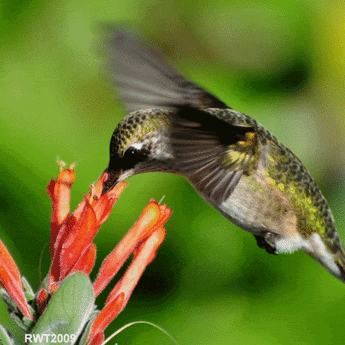
Sanom is a lifelong nature enthusiast and passionate backyard birder who has spent years observing bird behavior and building DIY birdhouses. With a deep curiosity for species like chickadees, wrens, and woodpeckers, he shares practical tips and heartfelt stories to help others attract, shelter, and appreciate the wild birds around them. Whether you’re crafting your first birdhouse or simply enjoying morning songbirds, Iftekhar’s guides on BirdHouseTales.com are designed to bring you closer to the magic of birdwatching.

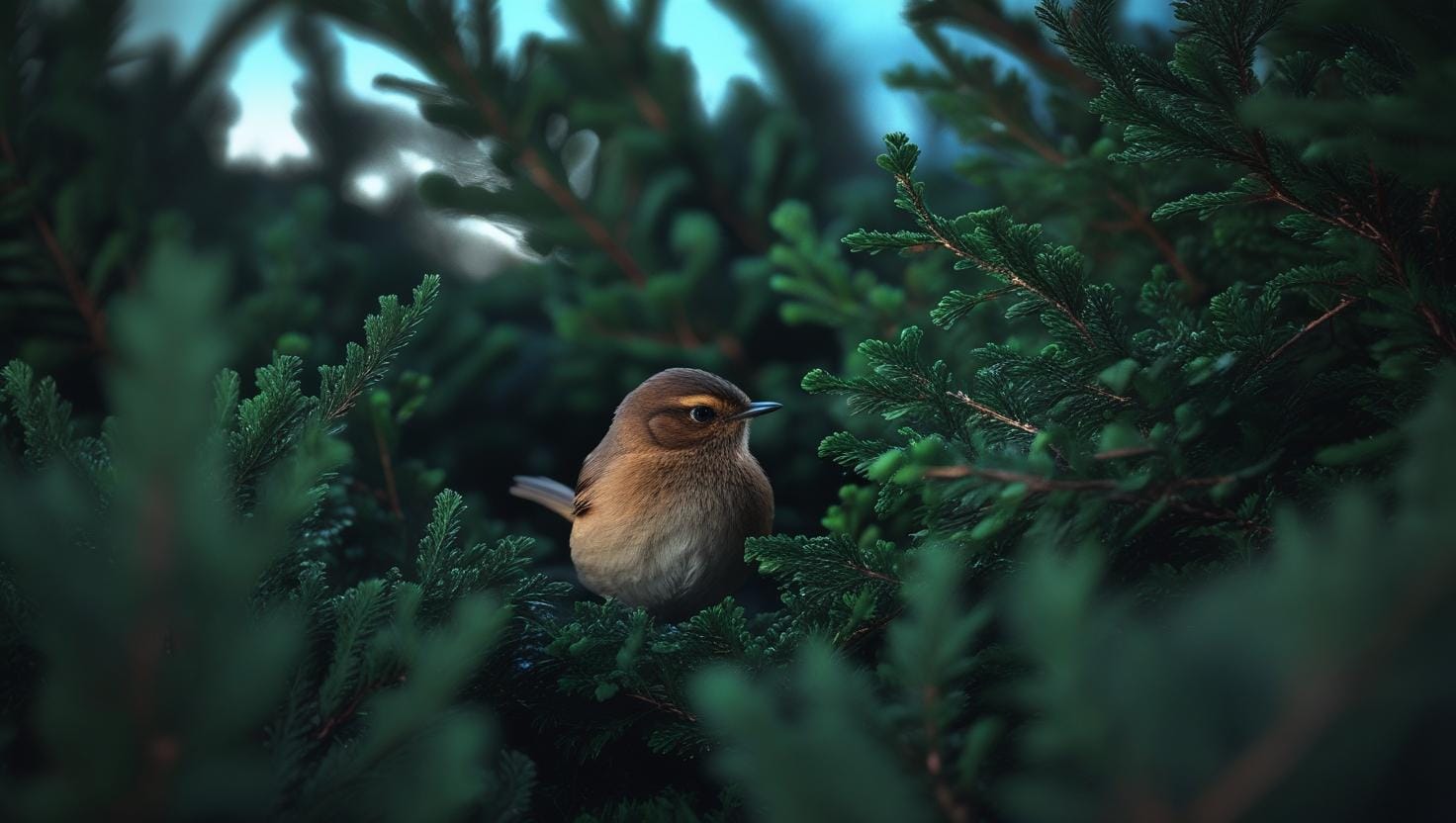
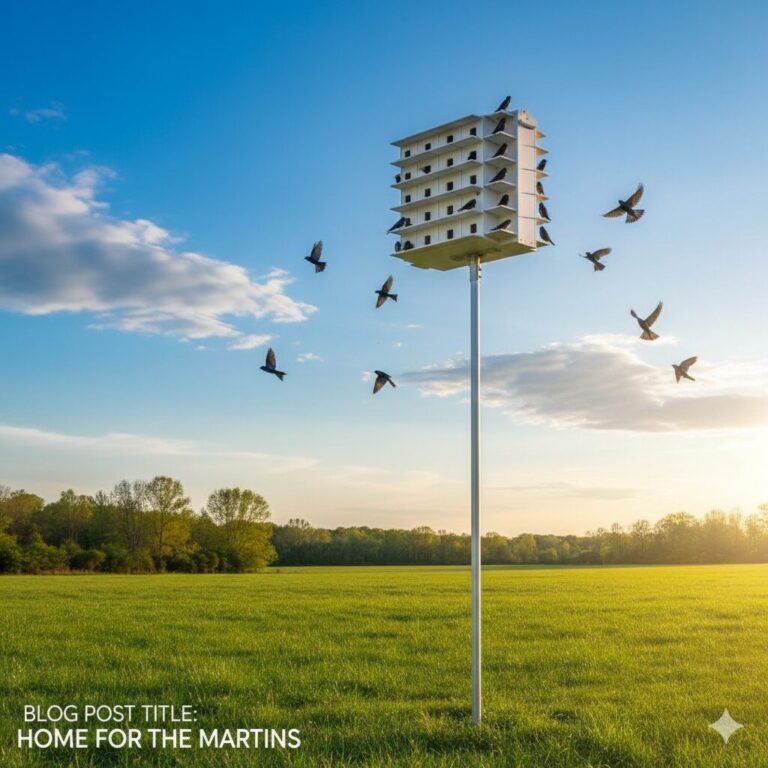
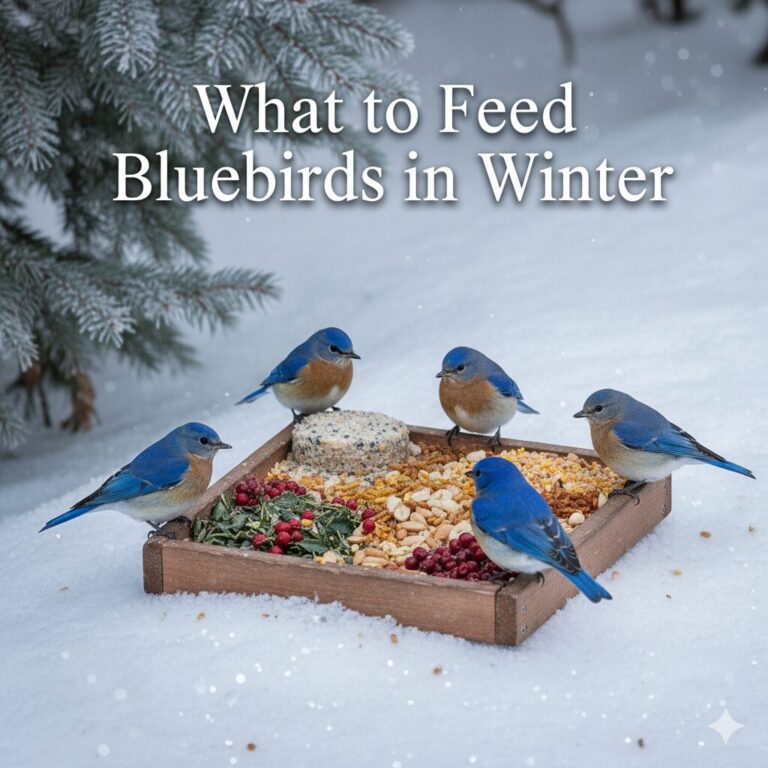

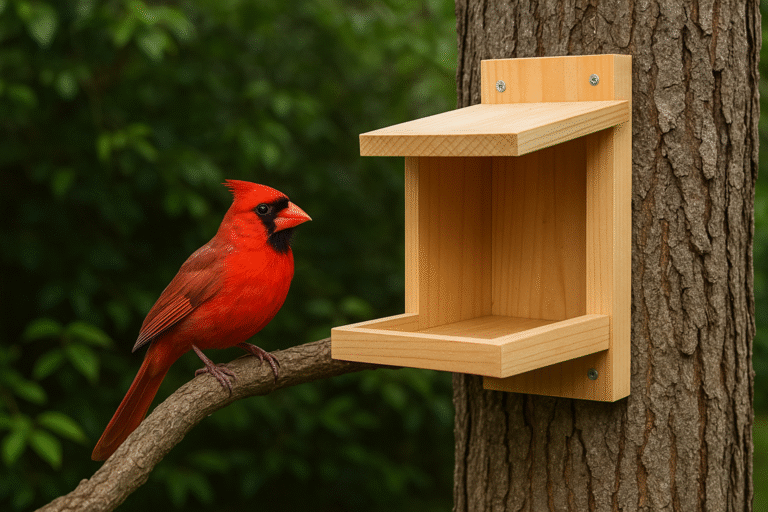
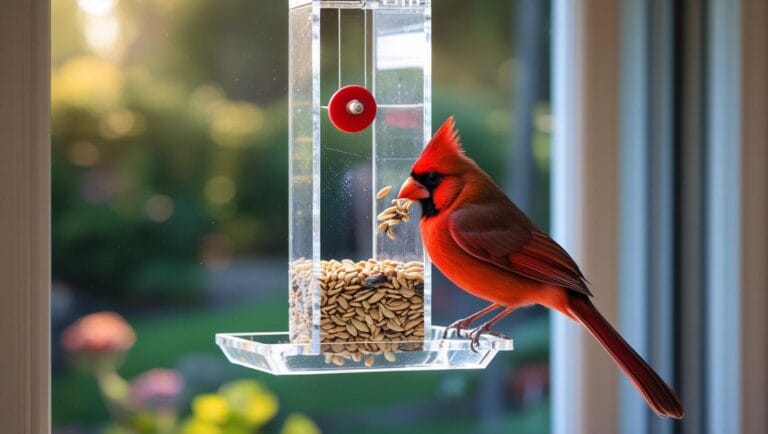

One Comment